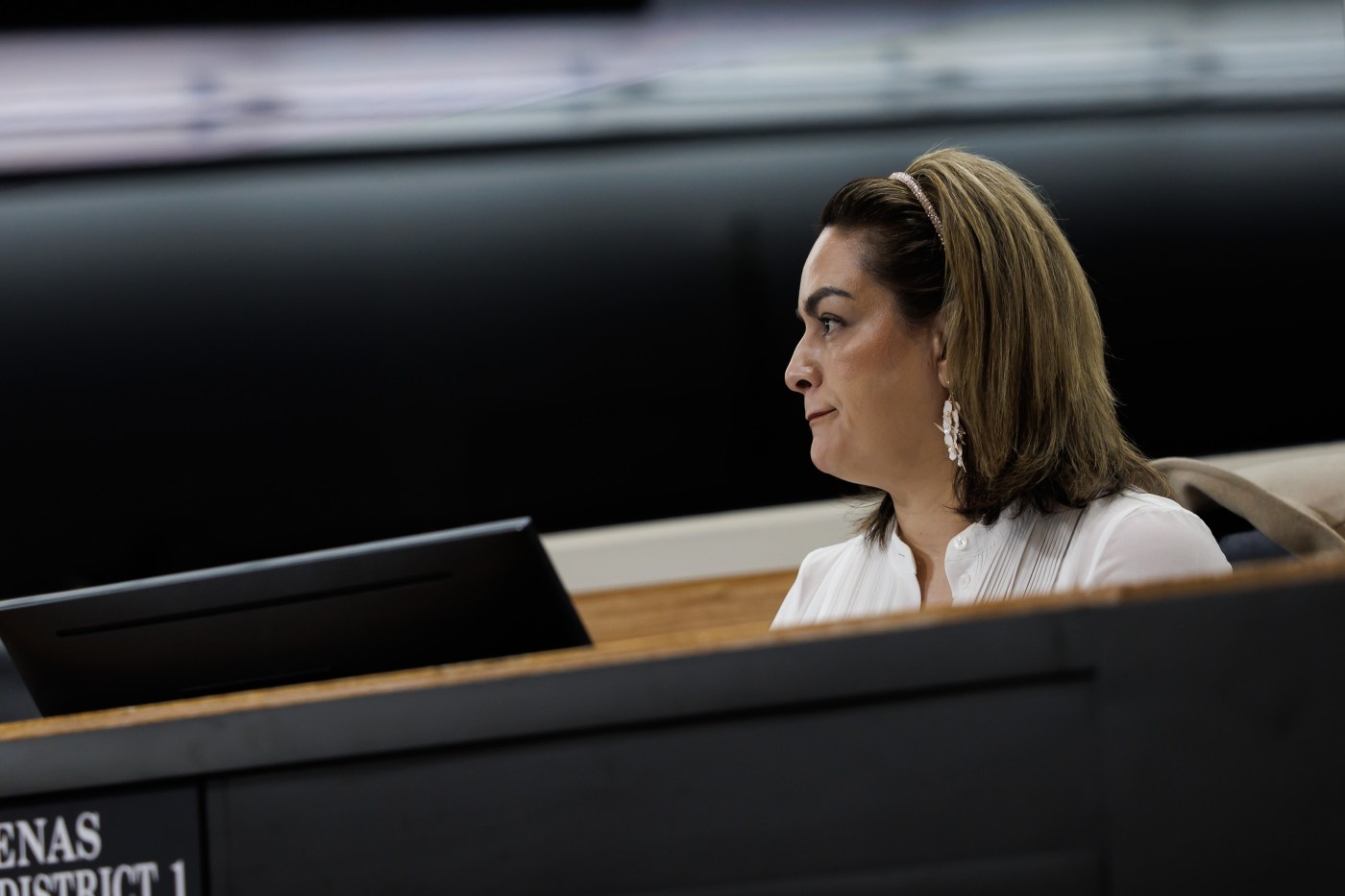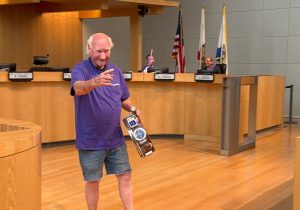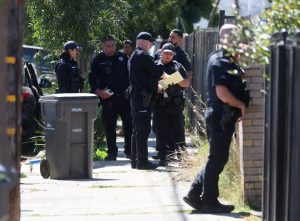As Santa Clara County grapples with where to house some of its most vulnerable foster youth, the Board of Supervisors is asking county officials to explore a model that would incorporate behavioral health services and comply with state laws.
On Tuesday, the board unanimously approved a request from Supervisor Sylvia Arenas to bring back an “action plan” to create a county-operated Short-Term Residential Therapeutic Program, which would provide intensive care and support for the county’s most troubled children. The referral comes after a recent Bay Area News Group investigation revealed that the county has been running a handful of illegal group homes — referred to as “scattered sites” — that had no licenses or oversight from the California Department of Social Services.
Since 2020, five of the homes investigated by the Bay Area News Group had been the source of 632 missing children reports, 20 psychological breakdowns that led to 72-hour mental holds, 13 assault and battery incidents, one alleged rape and one fentanyl overdose.
“I think what we’ve come to is we’re at a crossroads,” Arenas said at the meeting. “What we really need to figure out is what can we permanently do for our youth in order to support them and this referral speaks to that because what I believe is an actual answer is a short-term residential therapeutic program.”
Other Bay Area counties, like Contra Costa, Alameda, San Francisco and San Mateo counties, are already providing the program, either contracting with private providers or running licensed facilities on its own, as is the case with San Mateo County. Arenas asked county officials that the proposed program be operated under the behavioral health umbrella instead of through the Department of Family and Children’s Services — an agency the supervisor had previously asked to be overhauled.
As part of the request, Board President Susan Ellenberg asked county officials to explore why the program was once determined to be “unsustainable” in Santa Clara County.
“I want to ensure that all children and youth who touch our system have a safe place to stay and access to quality supports and services across a full continuum of care,” Ellenberg said.
Steve Baron, a member of the county’s Child Abuse Prevention Council, said the board’s decision is a move in the right direction.
“The hope is that they’re going to have a place to put kids where their needs are going to be better met than they are met now, and with professionals who are more treatment-savvy and more trauma-informed who can handle these kids who are going to be difficult to deal with sometimes,” Baron said.
The report is expected to come back to the board in roughly 45 days.












